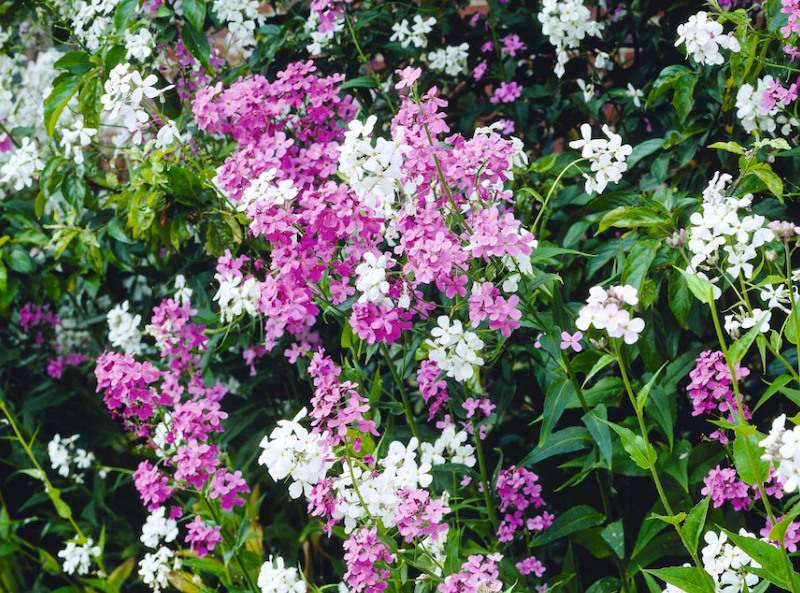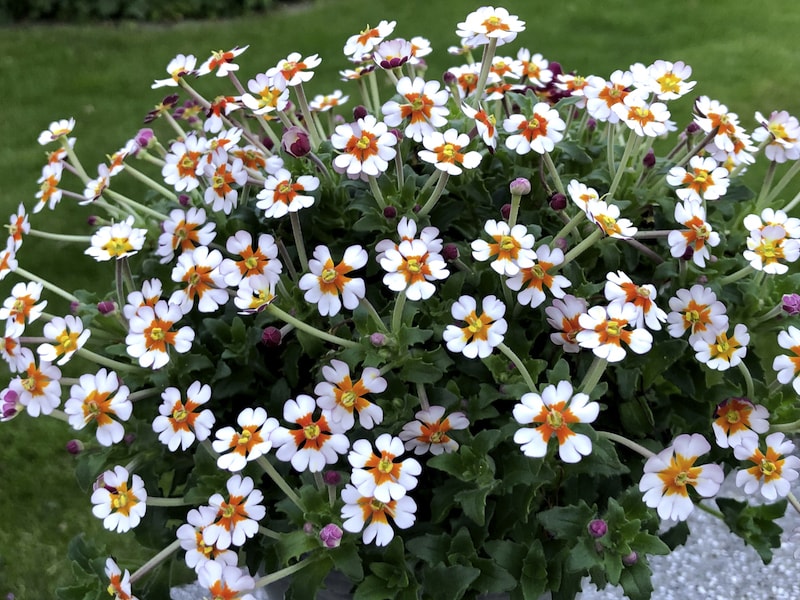It’s not just butterfly numbers that are declining across the UK – moths are suffering too. It’s easy to support these important insects by sowing seeds for bees and butterflies. But if you’d like to do your bit to help our night-time pollinators, night-scented plants are a great way to do it. Here are five of our favourite plants that bloom at twilight. Not only do these varieties attract moths, they’ll also delight your senses as you enjoy balmy summer evenings on your terrace, patio or balcony.
What are night scented plants?
Night-scented plants are those which have evolved to attract nocturnal pollinators. For this reason their petals tend to be pale in colour – often white – to better reflect the moonlight. Night-scented plants often have a strong perfume to guide insects to their flowers on the darkest of nights. For gardeners, these flowers add interest to summer planting schemes, and provide a lovely relaxing fragrance for alfresco evenings with friends and family. If you plant them by open windows, their beautiful perfume will permeate your bedroom on warm nights, helping you drift off to sleep.
Where to grow night scented plants

Image: Visions BV, Netherlands
Plant night bloomers in beds and pots close to your patio, along paths and next to doors. Avoid positioning evening-flowering plants where the wind is likely to whisk the scent away too quickly. A sheltered spot close to the house, a garden wall, or fence is best – you want the perfume to sit gently on the night air where it can act as a beacon for hungry moths.
Which night scented plants to choose

Image: Oenothera tetragona from Suttons
- Nicotiana Evening Fragrance – A mix of pink, red, lilac, purple and white trumpet-like flowers, nicotiana are, as the name suggests, tobacco plants native to North America. Easy to grow and care for, they smell lovely and also make great cut flowers. A half-hardy annual, they will overwinter in most areas of the UK. After flowering has finished, cut them close to the soil and cover with a mulch to protect them from the worst of the winter weather.
- Night-scented Stock – Mattihola longipetala or night-scented stock is a dainty yet fragrant addition to your summer planting scheme, despite the small size of the delicate lilac blooms. Heavily sow night-scented stock directly into its final position. Don’t spread too thinly or it will look a little sparse, especially when growing in pots. This is a great variety for filling in bare areas in your borders.
- Hesperis – A wonderful food source for butterflies, moths, and caterpillars, ‘sweet rocket’, as it’s also known, offers clusters of sweetly-scented white and purple flowers. A traditional cottage garden flower, it makes an excellent addition to herbaceous borders and once established will happily self seed.
- Evening Primrose – the perfect choice for free-draining soil in drier parts of the country, this lovely evening-blooming flower has contrasting yellow petals and red buds and stems. Producing large single flowers, evening primrose loves dry, sandy conditions and works well alongside other Mediterranean sowings. If you’re growing in a coastal garden, evening primrose will likely thrive.
- Night Phlox – Often called ‘midnight candy’, night phlox has a sweet, heady scent of honey and a profusion of small delicate flowers above lance-shaped leaves. A half-hardy annual, successional sowing ensures a steady supply of blooms all through the summer months.
Night scented flowers are an underrated, yet lovely addition to a summer garden and a great way to support native wildlife. We hope we’ve inspired you to try your hand with some of these lovely blooms.
Lead image: Zaluzianskya Plant – Orange Eye from Suttons
Last Updated on November 8, 2024 by Suttons Horticultural Team





